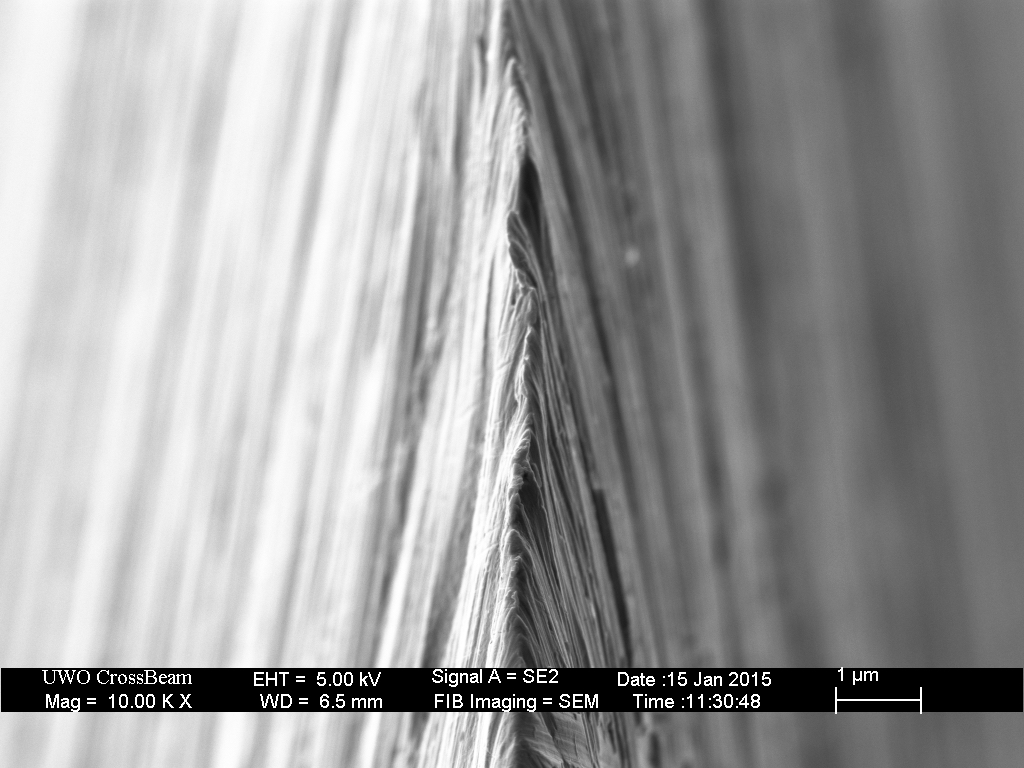My point was that the Tormek will put a hollow grind on a knifes edge. Or any edge for that matter. So its not a true v or chisel grind. Close but still slightly hollow on a knife. The larger the area sharpened the hollow grind becomes larger. Your WE gives you a true v that you can polish effectively.
I see what you're saying.
The Tormek T-7 uses a 10-inch wheel -- basically the size of a small pizza. If you look at an arc on that circle equal to the height of an edge bevel (maybe a millimeter or two), it's virtually a straight line, although actually a very shallow arc. In practical terms, it's hard for me to see it as a significant issue.




